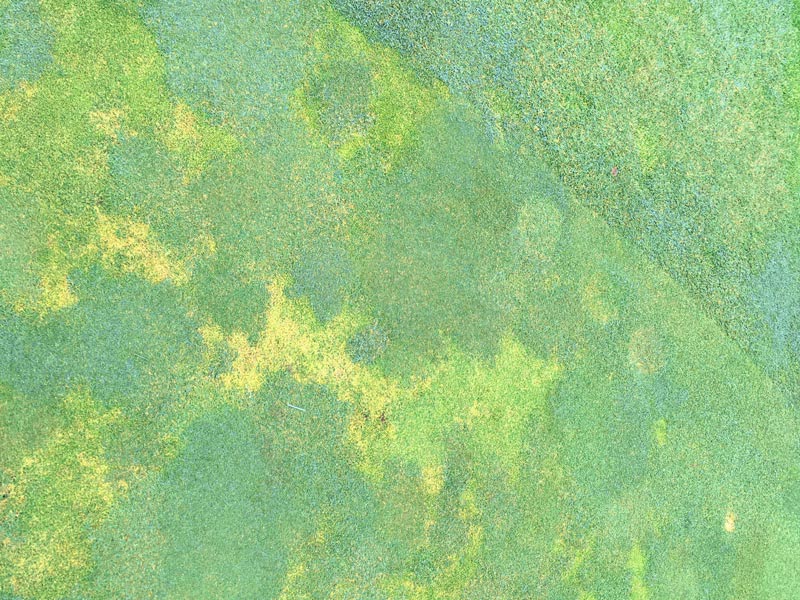Goodbye Poa annua, Hello Bentgrass
Go inside an Ohio golf club’s decision to transition greens and fairways from Poa to bentgrass and the many components involved, from shade to PGRs to patience.
Frank Dobie
Throughout my 65 years on a golf course, I’ve frequently heard discussions regarding whether to manage Poa annua or to try to get rid of it. Because of numerous failures to eliminate Poa, we have succumbed to learning how to keep it alive all season.
Poa is a weak annual grass that requires higher costs to maintain and will die during the stresses of midsummer if conditions are not just right. In comparison, creeping bentgrass is more tolerant of summer stress and easier to manage. For the past 100 years or more, greenkeepers, superintendents, university professors, USGA agronomists and chemical companies have struggled with ways to eliminate Poa annua. To better understand why we want to replace Poa with bentgrass, we should first explain the nature of these grasses.
Poa annua is an annual bluegrass. It survives from year to year because it produces millions of seeds every spring that germinate in late summer. Poa is not hardy in the heat and humidity of midsummer, so it needs to be kept alive with light, frequent irrigation. Because of this life cycle, Poa annua resists most conventional efforts to eradicate it and successfully replace it with bentgrass. Thus, Poa has become the predominant grass on most northern golf courses.
Once a course has a sizable population of Poa, superintendents struggle to keep it alive through the golf season. Past attempts to chemically eliminate Poa annua and stop its fall regeneration have been disappointing. It loves the cool and moist conditions of fall and spring, so it flourishes and tends to overpower all other grasses during these times and under these conditions.
Poa annua vs. bentgrass: Reasons to transition
Poa annua’s disadvantages are:
• Its seedhead production for several weeks in late spring has an objectionable appearance and makes the putting surface bumpy.
• Its aggressive growth in spring crowds out bentgrass. It also outcompetes bentgrass in shady and wet conditions.
• Its summer root system is shallow (less than 1 inch) and dries out quickly, so it requires light, frequent irrigation to survive. Light, frequent irrigation builds up sodium and bicarbonates in the root zone, and these are detrimental to the plant.
• Because Poa tends to wilt in the afternoon heat, light watering is needed to keep it cool. This light, frequent watering also causes the surface (1/2 inch) to be mushy. Ball marks look like mini mud craters and are difficult to repair properly.
• In hot, dry soil conditions, Poa doesn’t go dormant like Kentucky bluegrass, fescue or bentgrass. It simply dies and will be replaced by the next generation of seeds in September.
• It is more susceptible to fungal diseases than bentgrass is, so it requires more frequent fungicide applications.
• It doesn’t hold up well under heavy foot or cart traffic in the summer heat.
Read the Full Article by Golf Course Management.
